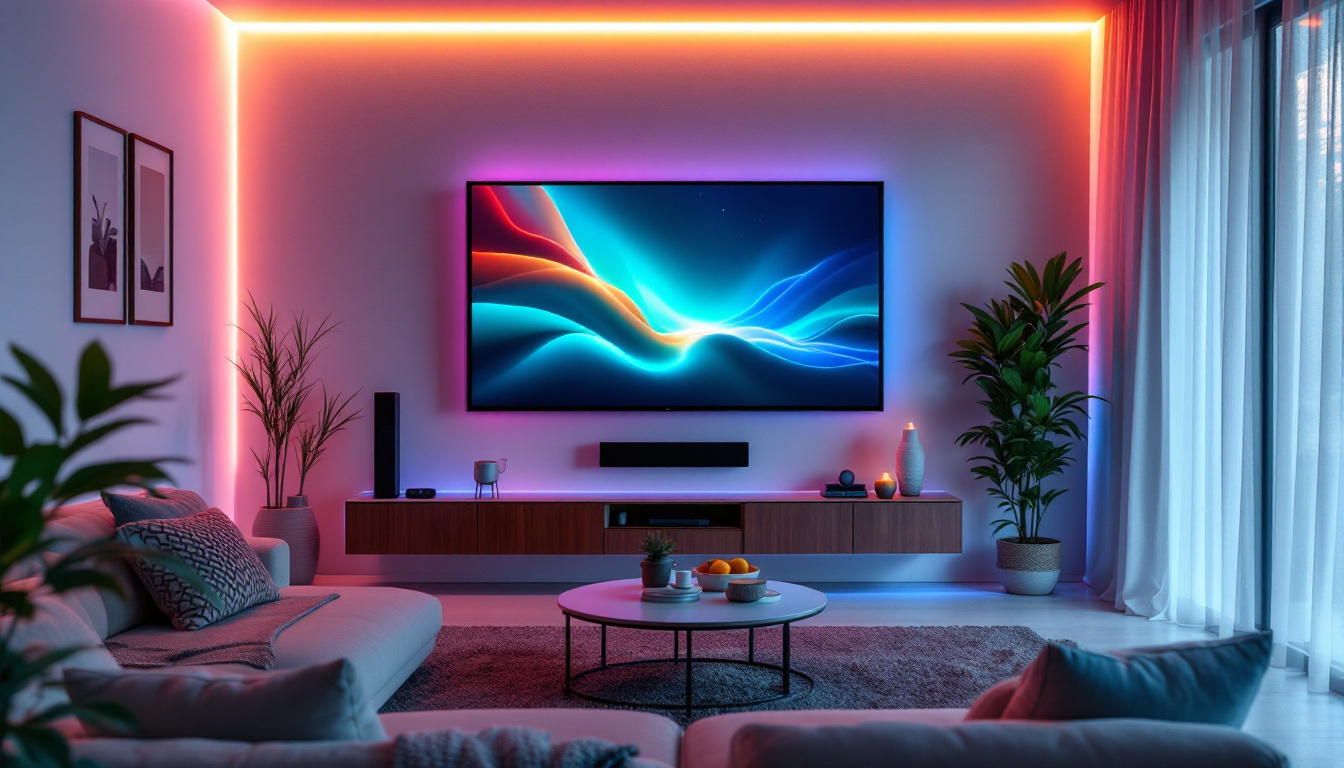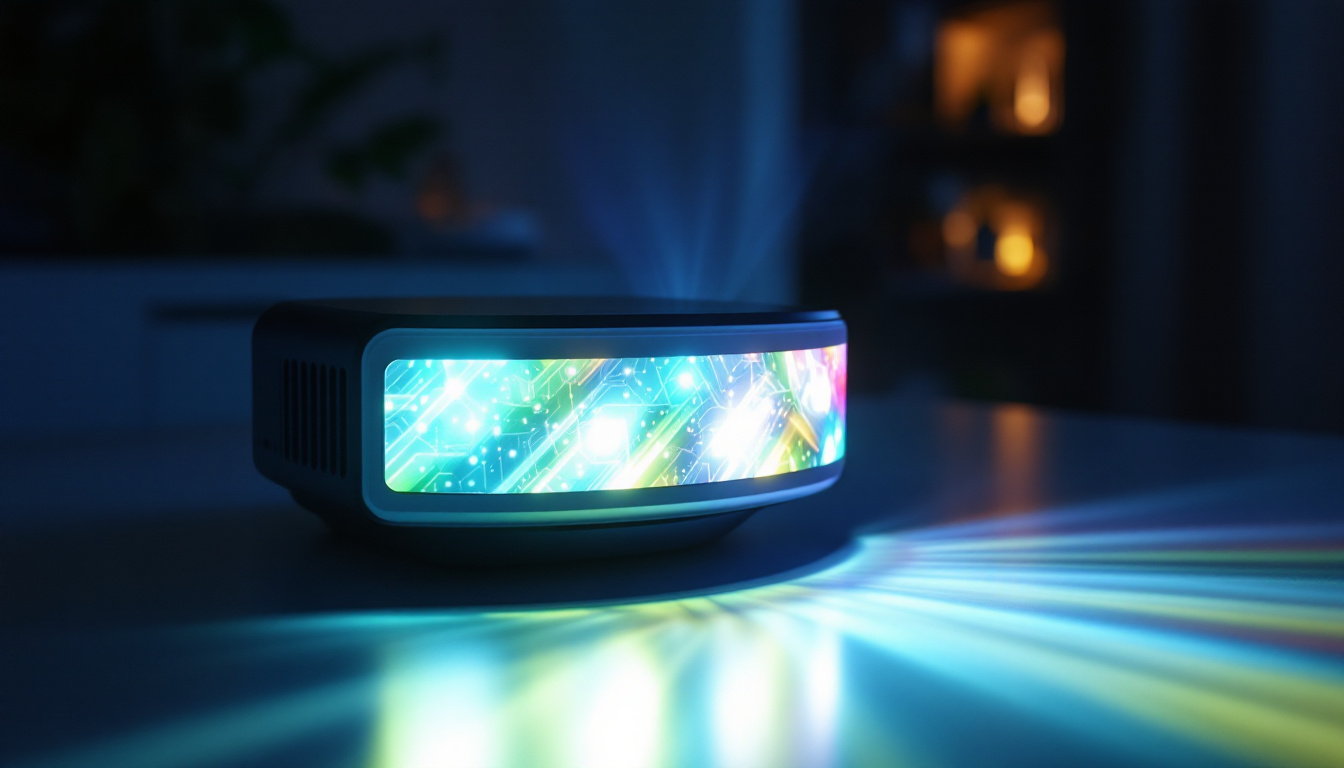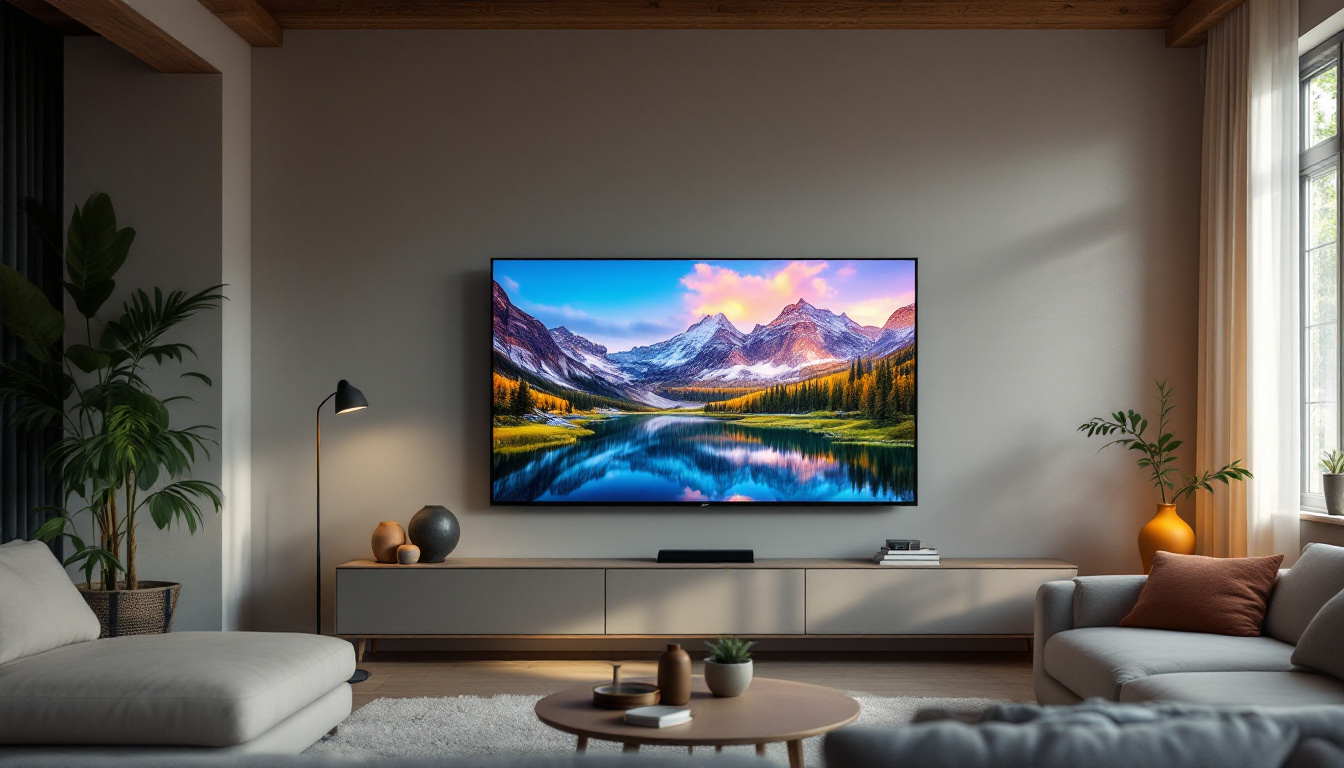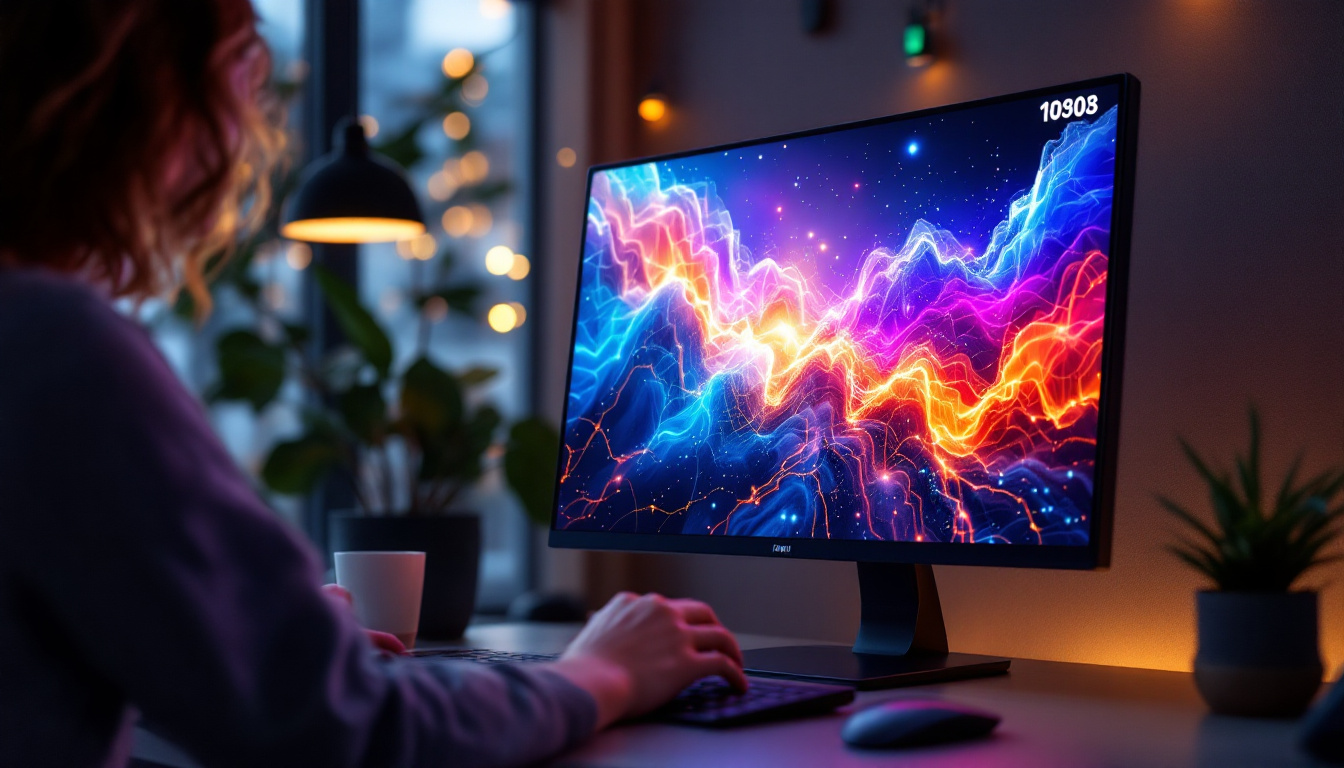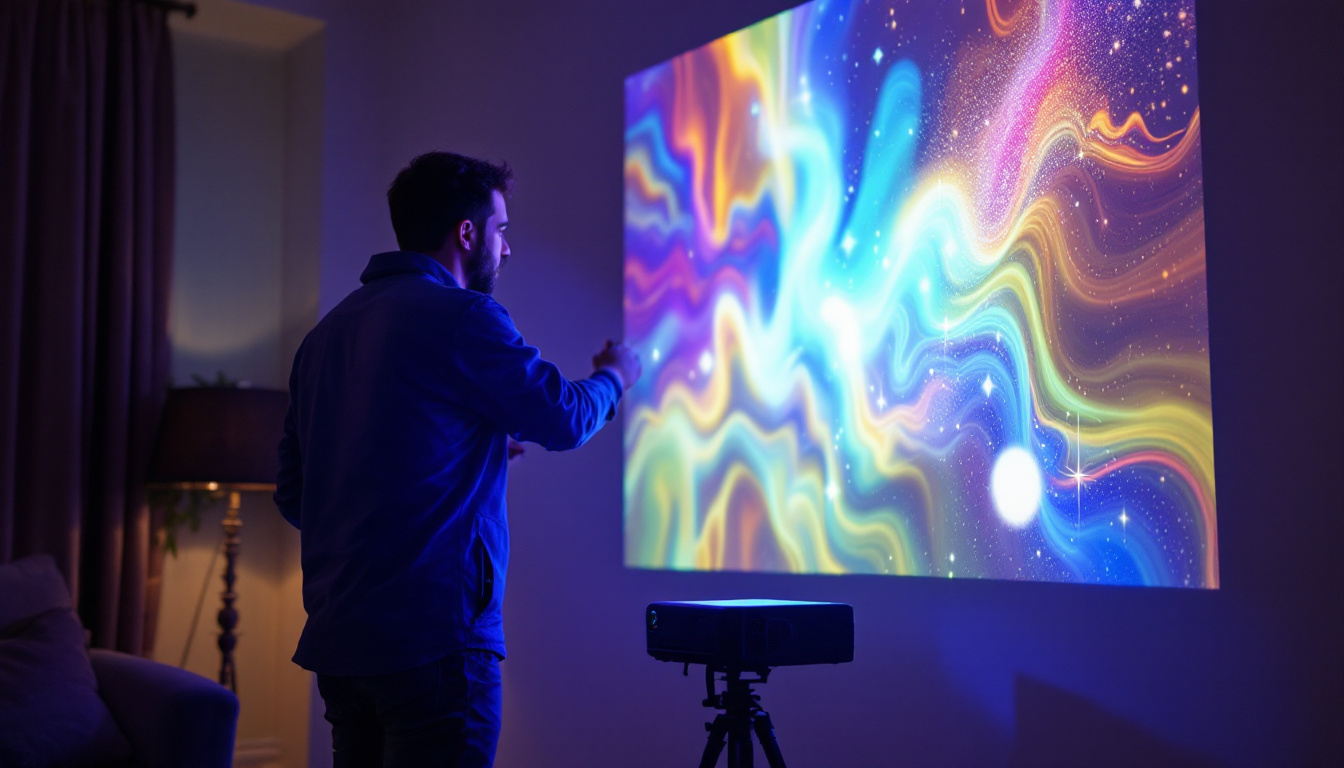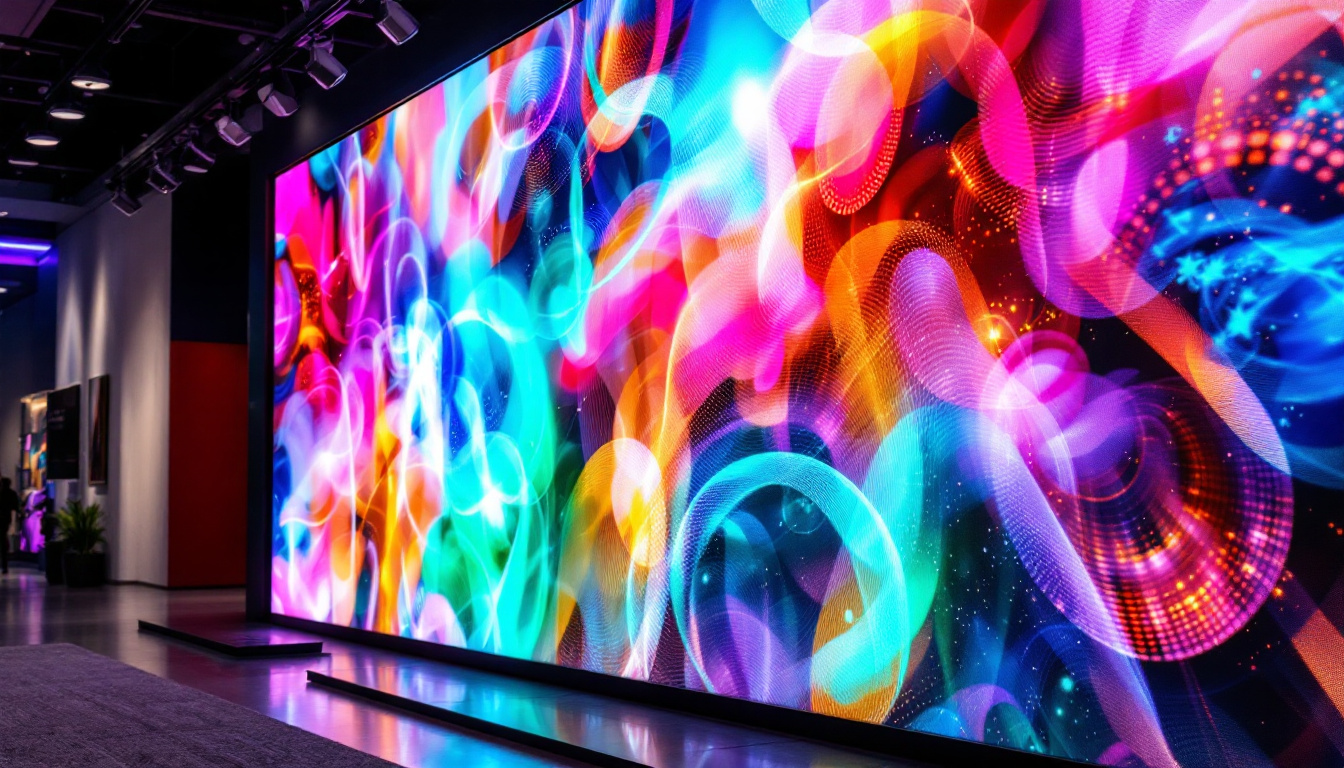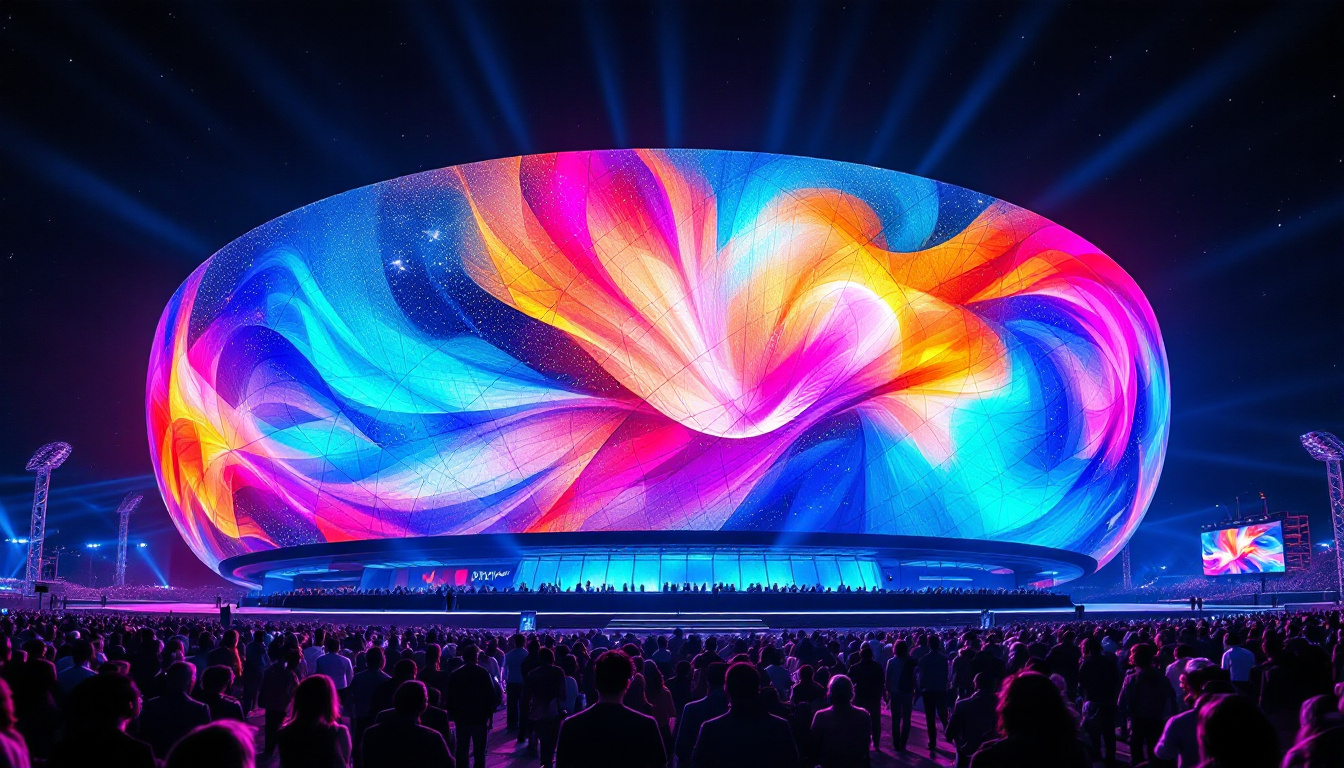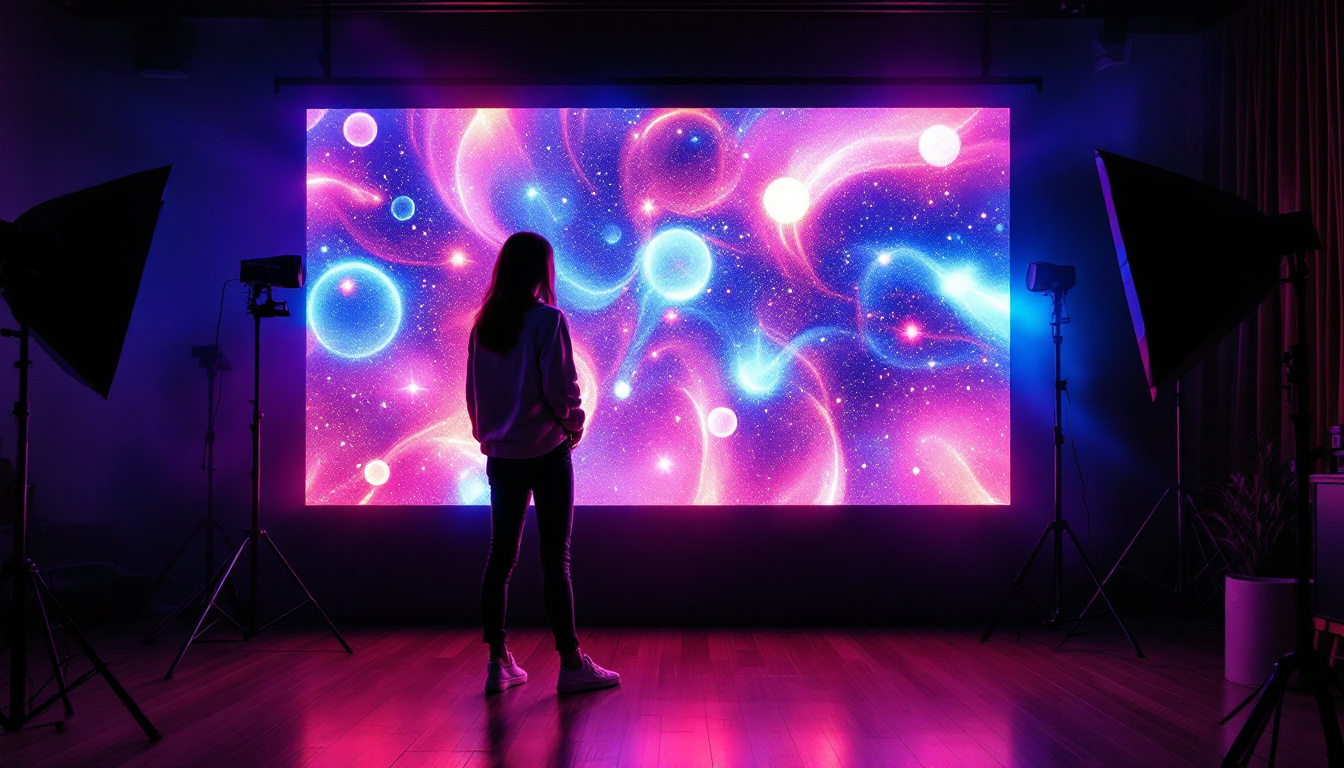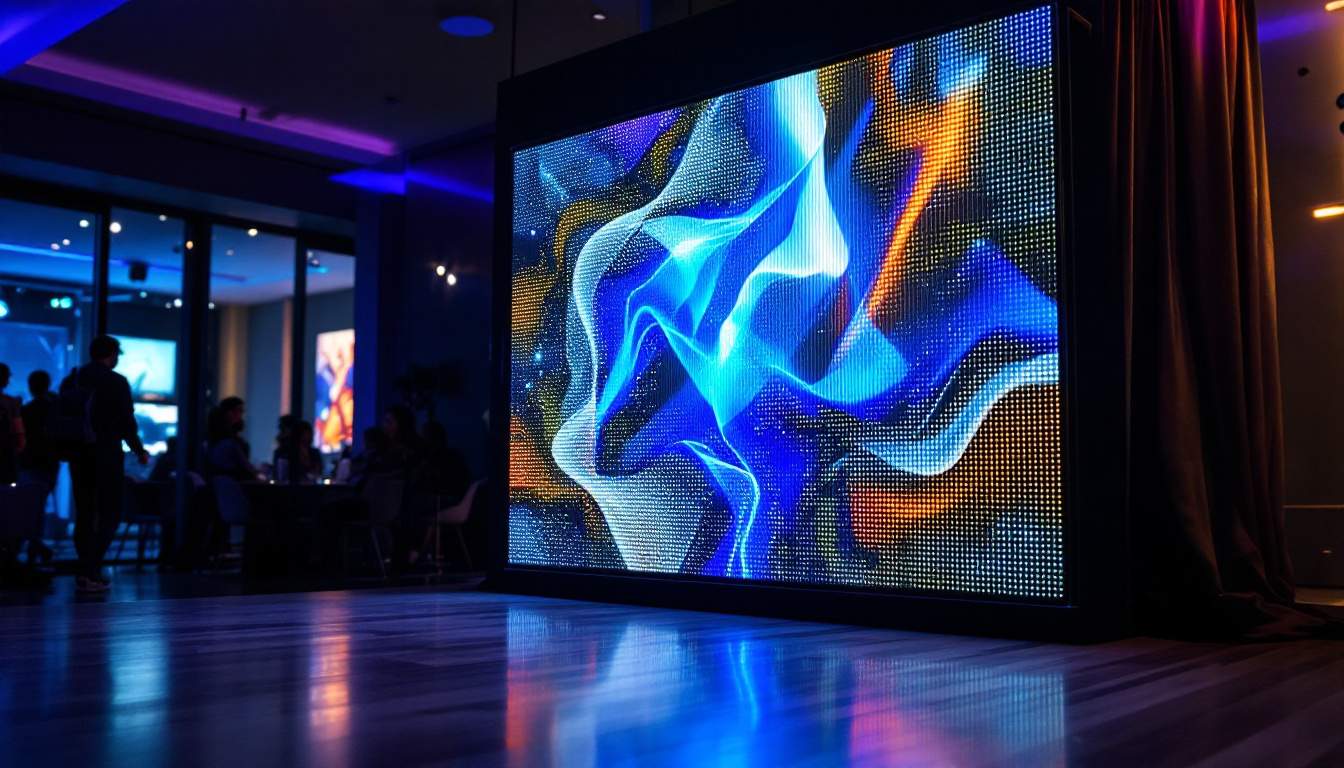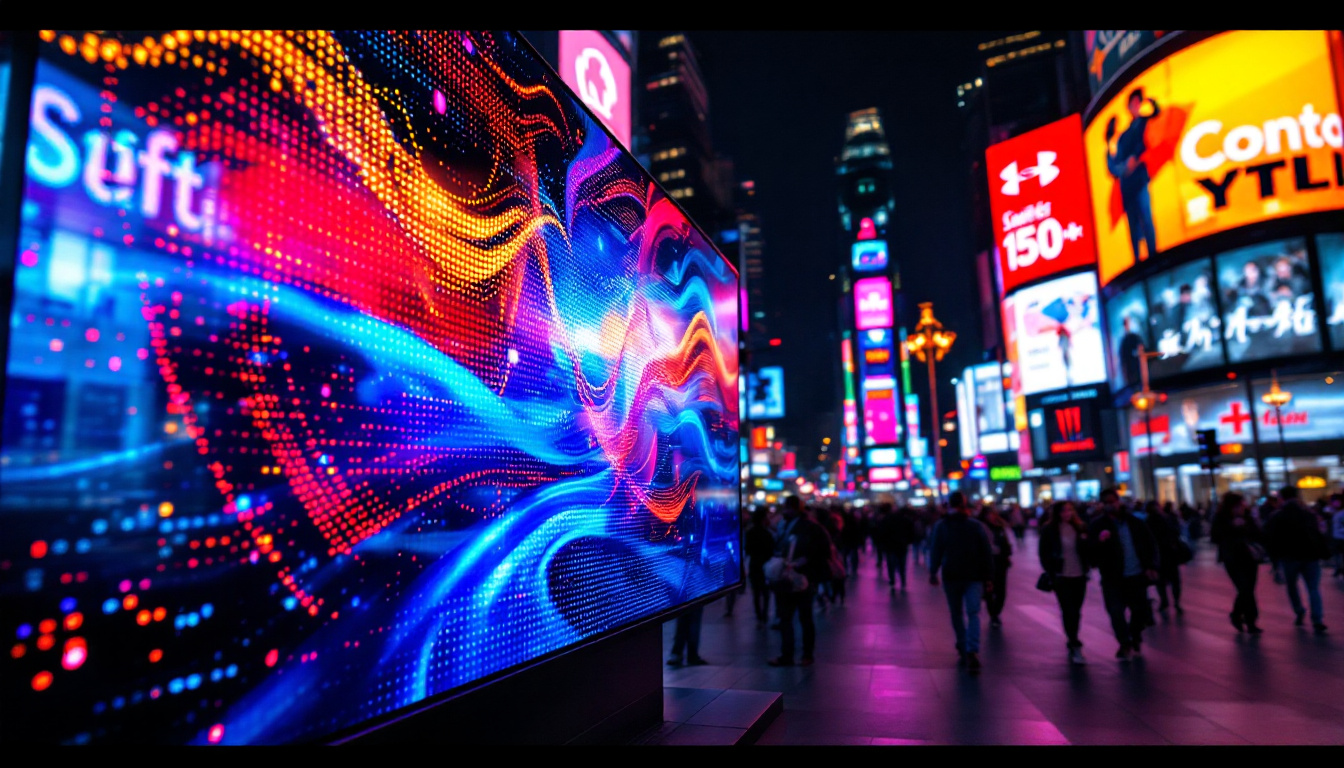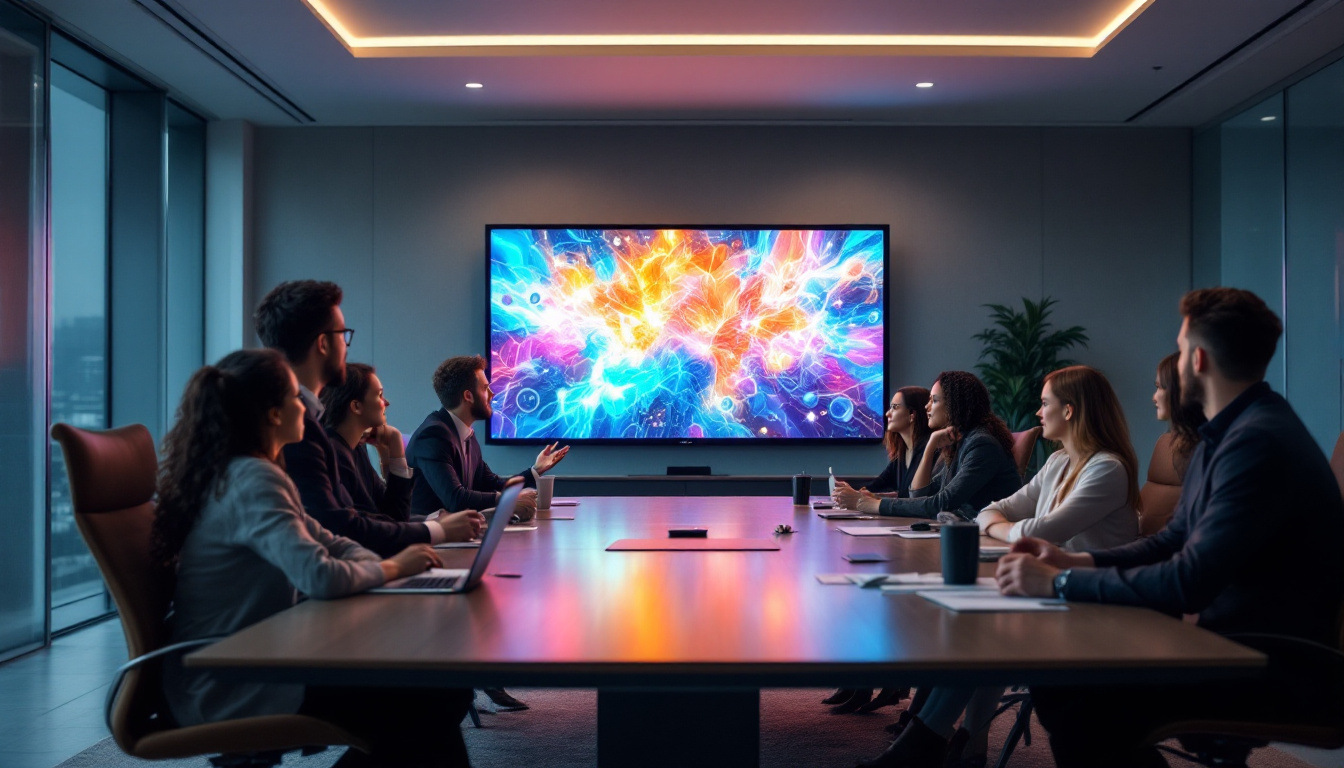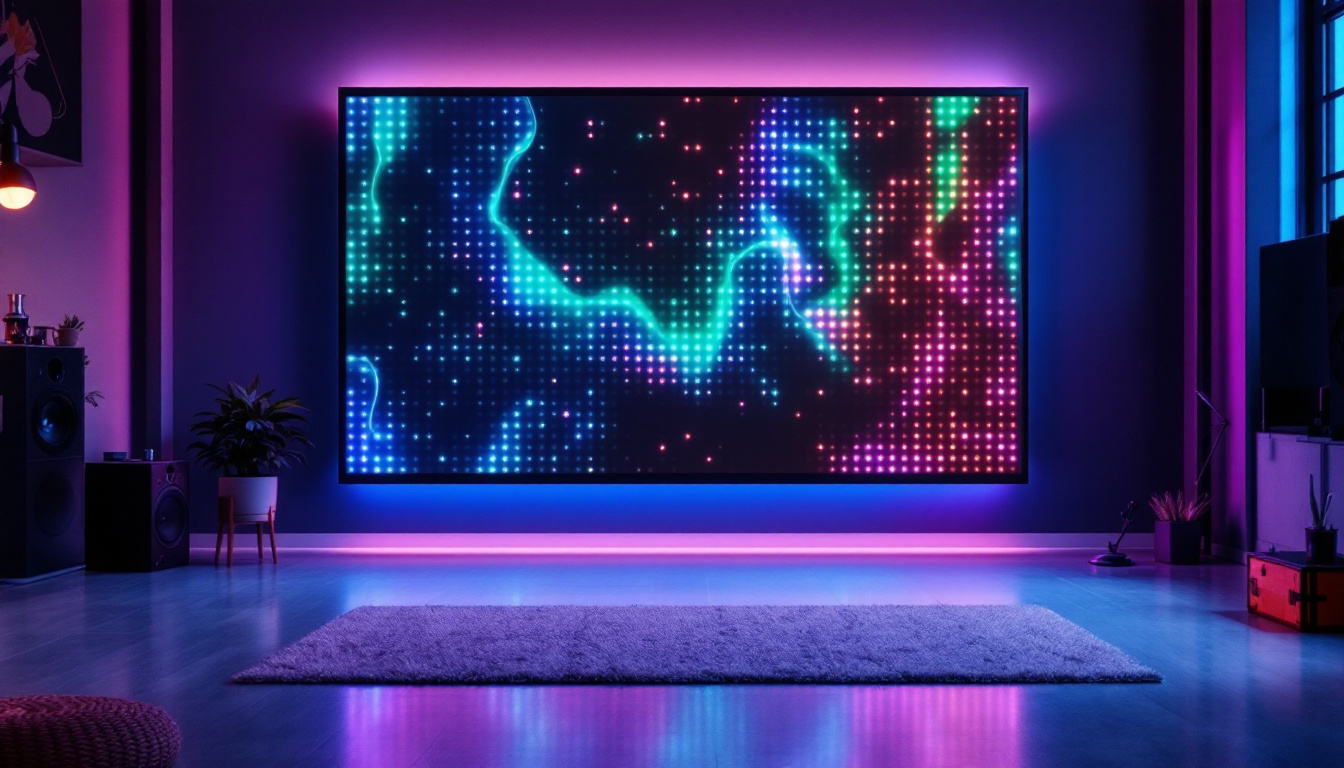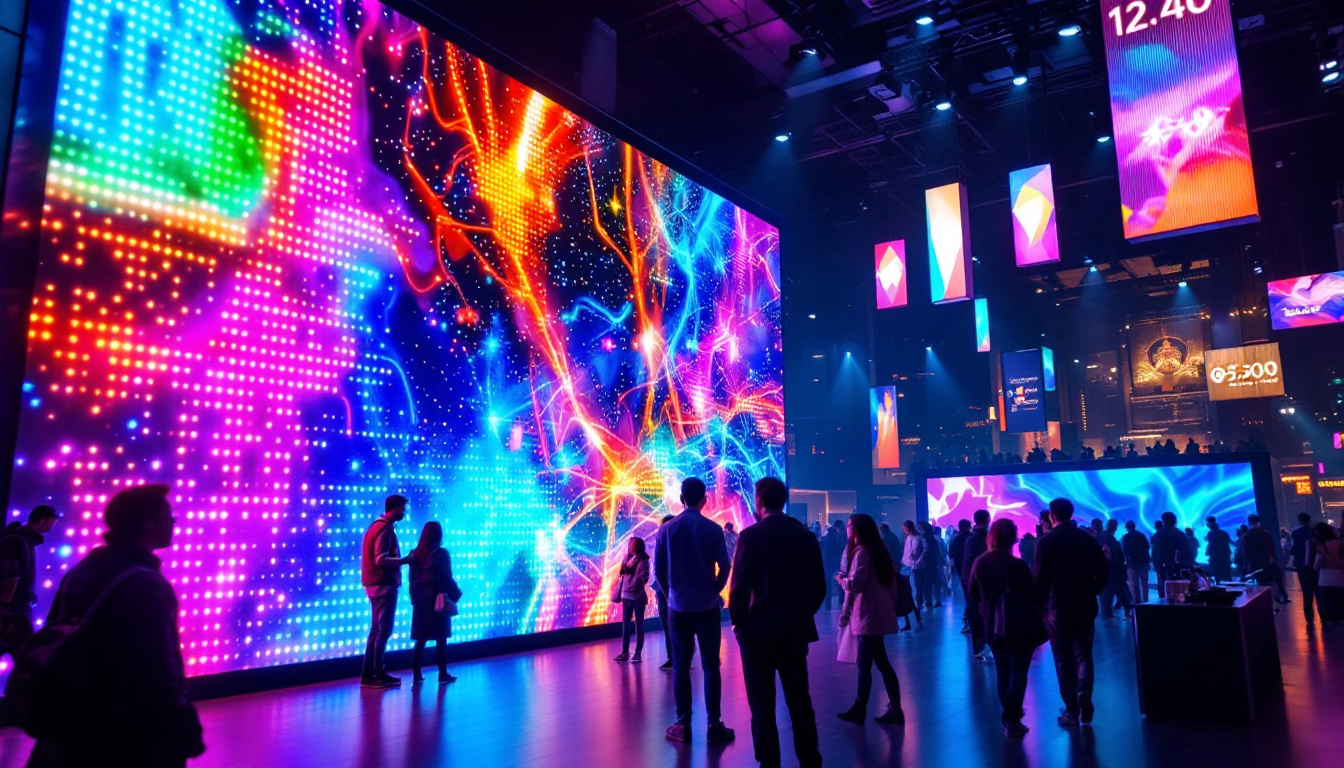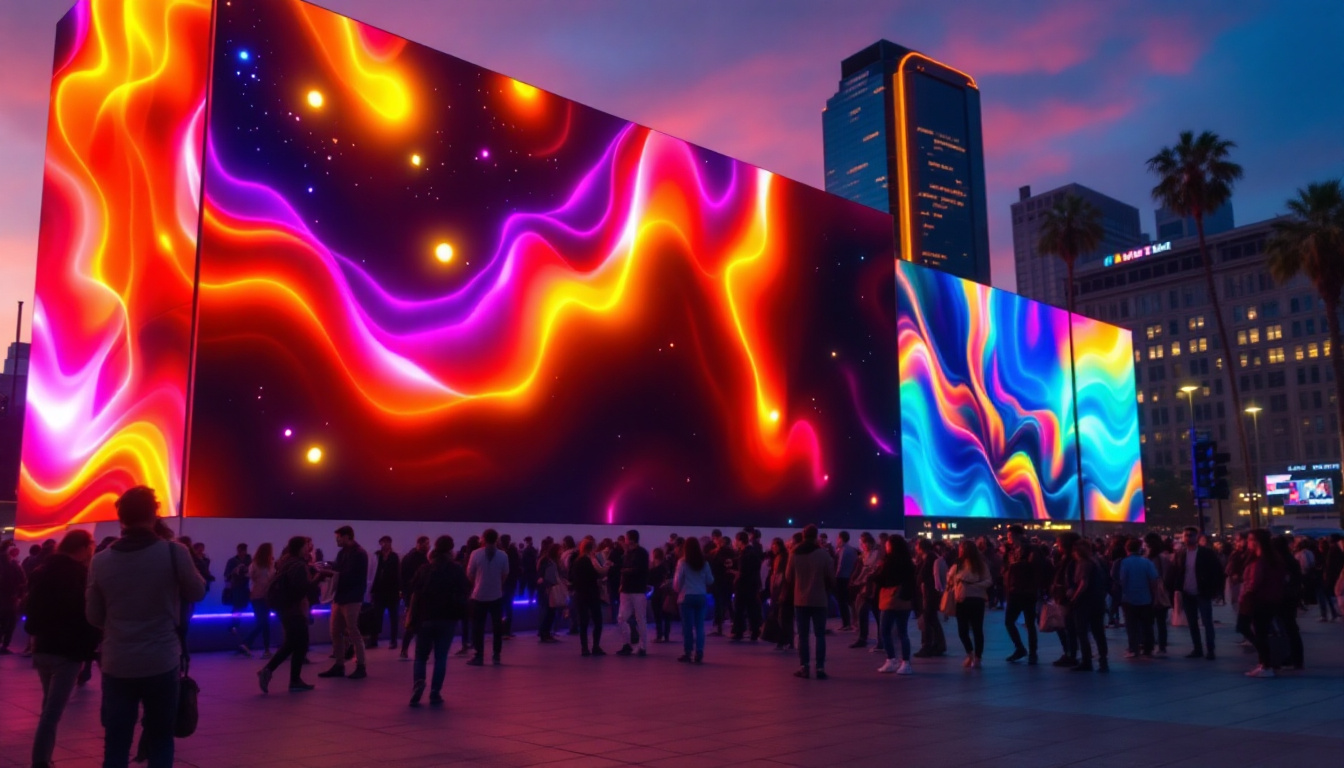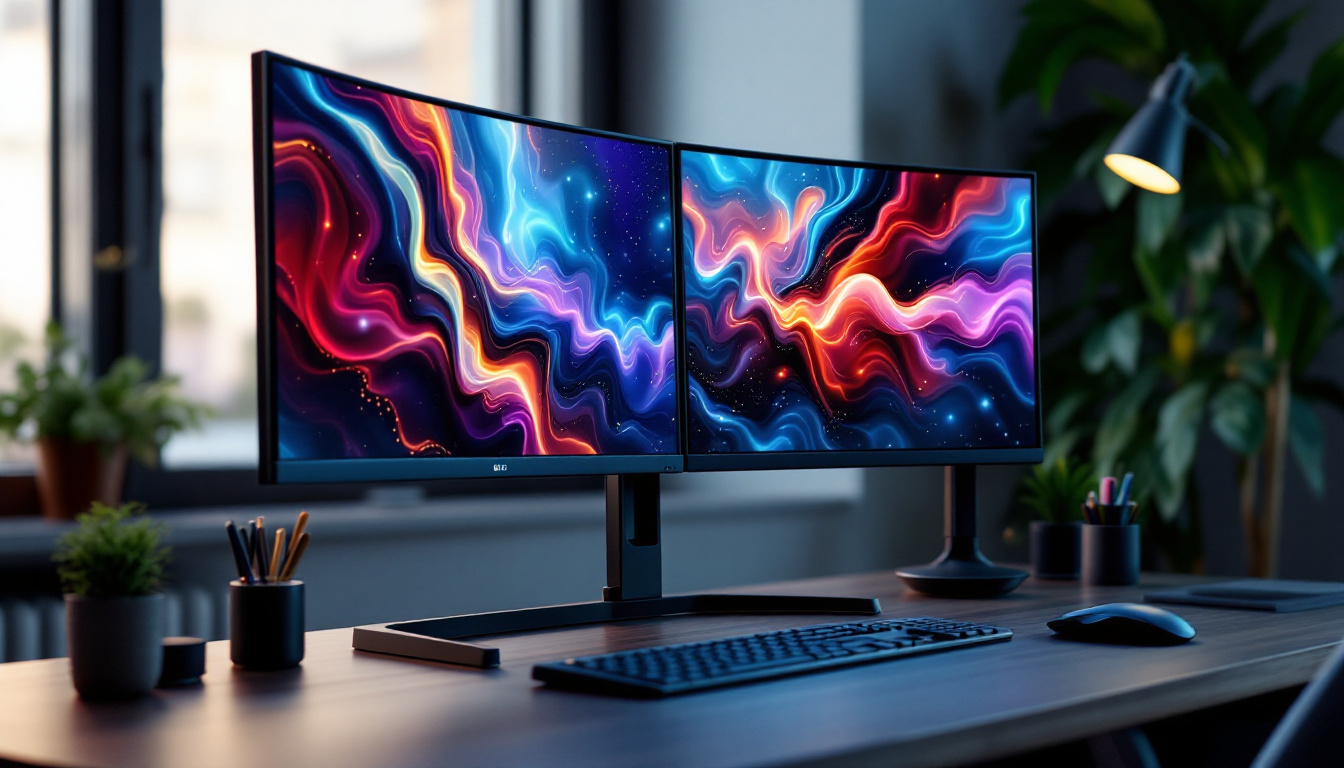Creating the perfect home theater experience involves a multitude of components, and one of the most crucial elements is the display technology. In Portland, Oregon, where the demand for advanced home entertainment systems is on the rise, understanding the nuances of LED displays can significantly enhance your viewing experience. This article delves into the intricacies of LED technology, its advantages, and considerations for home theater installation.
Understanding LED Display Technology
LED, or Light Emitting Diode, technology has revolutionized the way we experience visual content. Unlike traditional LCD screens that rely on backlighting, LED displays utilize tiny diodes to produce light, resulting in brighter images and deeper blacks. This fundamental difference in technology leads to a variety of benefits that are particularly advantageous for home theater setups. The clarity and vibrancy of LED displays can transform the viewing experience, making it feel as though you are part of the action rather than just an observer. This immersive quality is especially appealing for movie enthusiasts and gamers alike, who seek the most engaging visual experience possible.
Types of LED Displays
There are several types of LED displays available on the market, each with its unique characteristics. The most common types include:
- Standard LED: These displays use a full array of LEDs behind the screen to illuminate the image. They offer good brightness and color accuracy, making them suitable for most home theater environments.
- OLED: Organic Light Emitting Diodes provide superior contrast and color performance. Each pixel emits its light, allowing for true blacks and vibrant colors. However, they tend to be more expensive.
- QLED: Quantum Dot LED displays enhance color accuracy and brightness by using quantum dots. They are particularly effective in bright rooms but may not achieve the same black levels as OLED.
Understanding these types can help homeowners make informed decisions about which display will best suit their home theater needs. Additionally, advancements in technology have led to hybrid models that combine features of these types, allowing for even greater flexibility and customization in viewing experiences. For instance, some manufacturers are now integrating features like local dimming in standard LED displays to enhance contrast, or offering OLED-like color performance in QLED models, providing consumers with a wider array of options to choose from.
Benefits of LED Displays
LED displays offer numerous advantages that make them an attractive option for home theaters:
- Energy Efficiency: LED technology consumes less power compared to traditional display technologies, making it a more environmentally friendly choice.
- Longevity: LED displays typically have a longer lifespan than other types, reducing the need for frequent replacements.
- Image Quality: With superior brightness and contrast ratios, LED displays provide a more immersive viewing experience, especially in darker environments.
These benefits contribute to the growing popularity of LED displays in home theater installations across Portland. Furthermore, the adaptability of LED technology means that they can be used in a variety of settings beyond just home theaters, including commercial spaces, outdoor advertising, and even in artistic installations. The versatility of LED displays allows them to cater to different lighting conditions and audience needs, making them a preferred choice for many applications. As the technology continues to evolve, we can expect even more innovative features and enhancements that will further elevate the viewing experience.
Choosing the Right LED Display for Your Home Theater
When it comes to selecting the right LED display for a home theater, several factors must be considered. Each of these factors can significantly impact the overall viewing experience.
Screen Size and Viewing Distance
The size of the screen is one of the most critical elements in a home theater setup. A larger screen can create a more cinematic experience, but it must be paired with an appropriate viewing distance. As a general rule, the ideal viewing distance is about 1.5 to 2.5 times the diagonal size of the screen. For example, if you have a 65-inch display, the optimal viewing distance would be between 8 to 13 feet.
Homeowners should also consider the layout of the room. The screen should be positioned at eye level when seated, and there should be adequate space for seating arrangements that accommodate all viewers. Additionally, the angle of the seating can influence the viewing experience; a slight tilt or misalignment can lead to a loss of picture quality, particularly with LED displays that have limited viewing angles. Therefore, it’s wise to test different seating configurations to find the most comfortable setup for everyone involved.
Resolution and Picture Quality
Resolution is another critical factor in selecting an LED display. The most common resolutions available include:
- 1080p (Full HD): Offers a resolution of 1920×1080 pixels, which is sufficient for most viewing experiences.
- 4K (Ultra HD): Provides a resolution of 3840×2160 pixels, delivering four times the detail of 1080p. This is ideal for larger screens and provides a more immersive experience.
- 8K: The latest in display technology, offering a resolution of 7680×4320 pixels. While still relatively new, it promises unparalleled detail.
Choosing the right resolution depends on the size of the screen and the distance from which viewers will be watching. For larger displays, 4K is often recommended to ensure a crisp and clear image. Furthermore, it’s essential to consider the type of content you’ll be viewing. Streaming services, gaming consoles, and Blu-ray players are increasingly offering content in higher resolutions, making it worthwhile to invest in a display that can take full advantage of these advancements. Moreover, HDR (High Dynamic Range) compatibility can enhance picture quality by providing a broader range of colors and contrast, making images appear more lifelike and vibrant.
Installation Considerations for LED Displays
Once the right LED display has been selected, the installation process is the next step. Proper installation is crucial to achieving the best performance from the display.
Wall Mounting vs. Stand Installation
Homeowners have the option to either wall mount their LED displays or use a stand. Wall mounting can save space and provide a sleek, modern look. It also allows for better positioning at eye level. However, it requires careful planning to ensure that the wall can support the weight of the display and that all cables are neatly managed.
On the other hand, using a stand can offer more flexibility in terms of placement and can be easier to set up. However, it may take up more floor space and can sometimes lead to less optimal viewing angles.
Cable Management and Connectivity
Effective cable management is essential for a clean and professional-looking home theater. This involves organizing and concealing cables to avoid clutter. HDMI cables are the standard for connecting devices, and it’s important to choose high-quality cables to ensure the best signal quality.
Additionally, homeowners should consider the number of devices that will be connected to the display, such as gaming consoles, Blu-ray players, and streaming devices. Ensuring that the LED display has enough HDMI ports or using an HDMI switch can simplify connectivity.
Enhancing Your LED Display Experience
Once the LED display is installed, there are various ways to enhance the viewing experience further. These enhancements can transform a standard home theater into a premium entertainment space.
Calibration and Settings
Proper calibration of the LED display is essential for achieving optimal picture quality. This includes adjusting settings such as brightness, contrast, color temperature, and sharpness. Many displays come with preset modes for different content types, such as movies or sports, but manual calibration can yield even better results.
Consider hiring a professional to perform calibration, as they have the tools and expertise to fine-tune the display for the best possible performance.
Sound Systems and Surround Sound
While the visual aspect of a home theater is crucial, sound quality is equally important. Investing in a quality sound system can greatly enhance the viewing experience. Options include soundbars, surround sound systems, and even in-wall speakers.
For the best immersive experience, consider a surround sound system that includes multiple speakers positioned around the room. This setup can create a three-dimensional audio environment that complements the high-quality visuals of an LED display.
Maintenance and Longevity of LED Displays
To ensure the longevity of an LED display, regular maintenance is necessary. Proper care can help prevent issues and extend the life of the display.
Cleaning and Care
Cleaning the screen regularly is essential to maintain picture quality. Use a microfiber cloth to gently wipe the screen, avoiding harsh chemicals that can damage the display. Additionally, dusting the surrounding area and ensuring proper ventilation can help prevent overheating.
It’s also advisable to check for software updates periodically, as manufacturers often release updates that can improve performance and fix bugs.
Understanding Warranty and Support
Most LED displays come with a warranty that covers defects and malfunctions. Understanding the warranty terms is crucial for homeowners, as it can provide peace of mind. Additionally, knowing how to contact customer support can be beneficial if issues arise.
Conclusion
Investing in a home theater installation in Portland, Oregon, can significantly enhance the entertainment experience, and understanding LED display technology is a key component of that investment. By selecting the right type of LED display, considering installation options, and enhancing the viewing experience through sound systems and calibration, homeowners can create a cinematic environment in their own homes.
With the right knowledge and preparation, the dream of a perfect home theater can become a reality, providing countless hours of enjoyment for family and friends.
Discover LumenMatrix LED Display Solutions
Ready to elevate your home theater experience in Portland, Oregon, with the latest in LED display technology? LumenMatrix is at the forefront of creating immersive visual experiences that transform your entertainment space. From the comfort of your home to dynamic commercial settings, our diverse range of LED display solutions—including Indoor and Outdoor LED Walls, Vehicle Displays, LED Posters, Sports Displays, and more—ensures that you’ll find the perfect fit for your needs. Embrace the future of visual communication and captivate your audience with unparalleled clarity and impact. Check out LumenMatrix LED Display Solutions today and see the difference for yourself.

